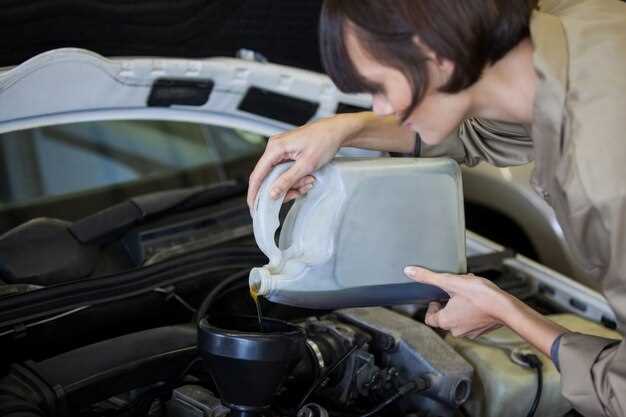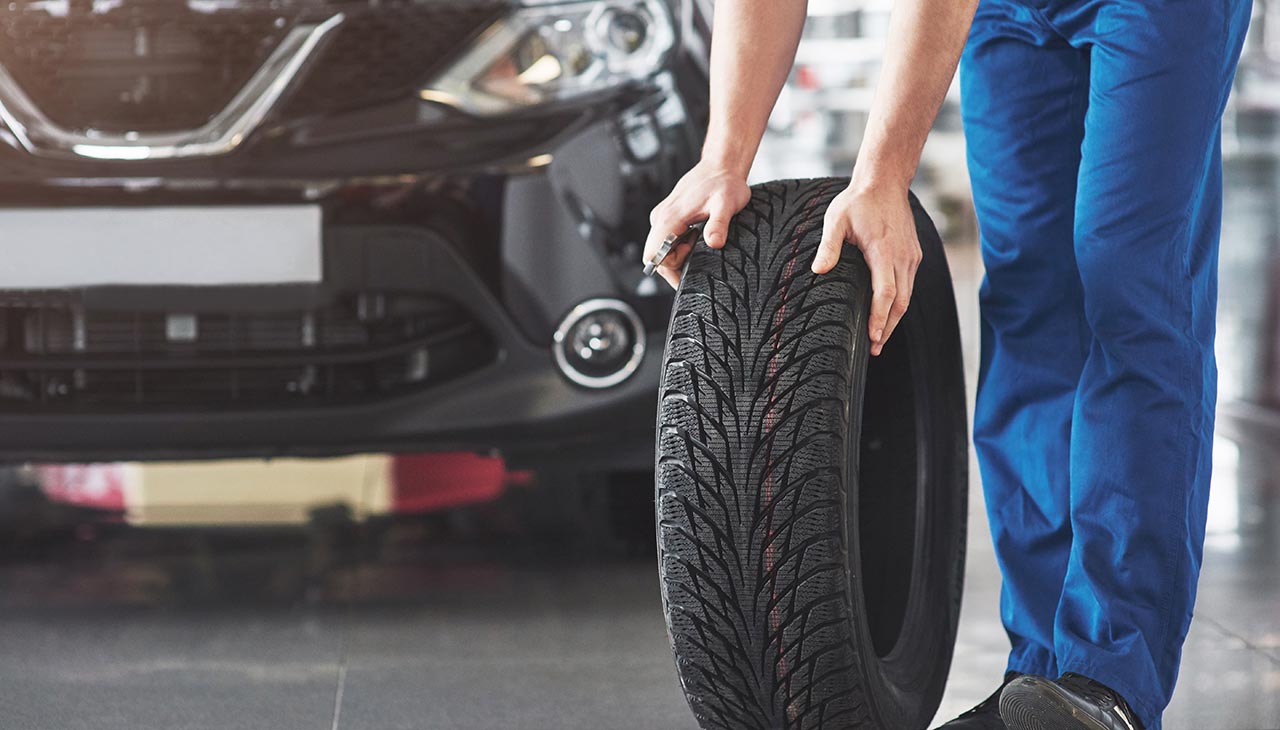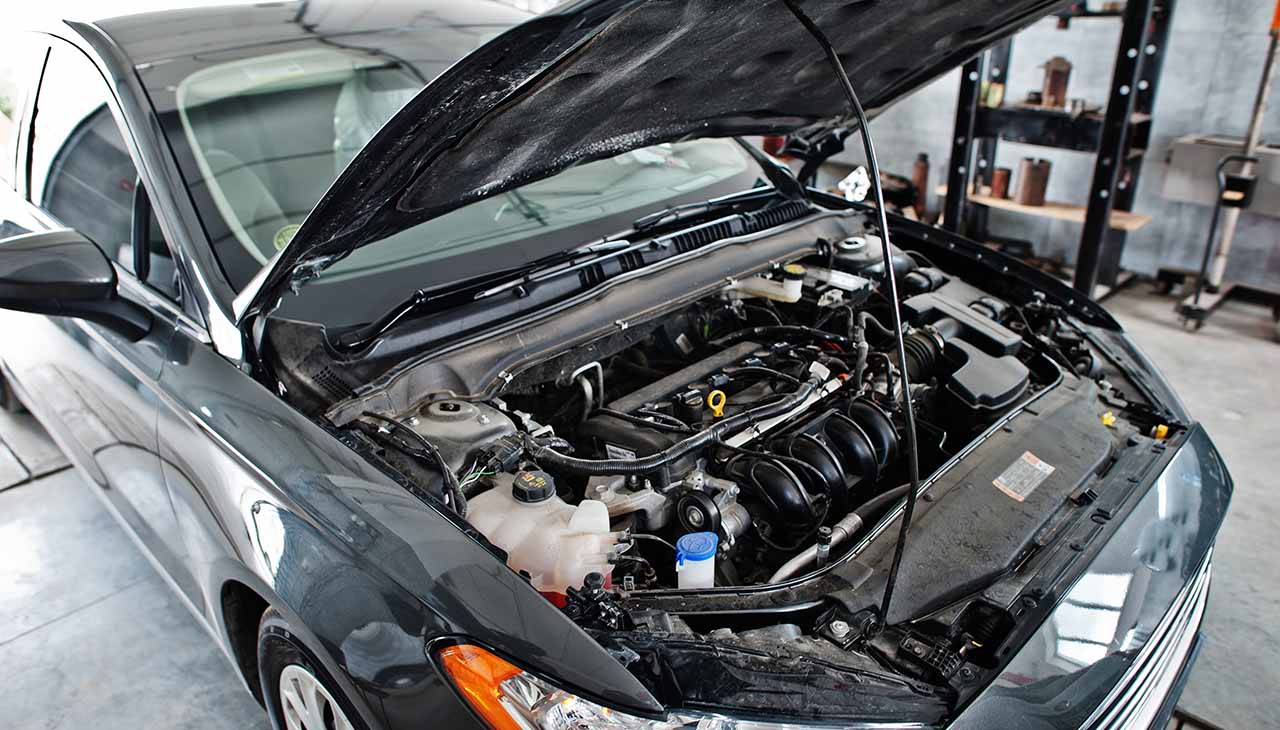
Upgrading your vehicle’s performance often begins with enhancing the engine’s airflow, and one of the most effective ways to achieve this is by installing a cold air intake system. A well-designed cold air intake can significantly improve the combustion process, leading to increased horsepower and overall engine efficiency. Understanding the nuances of different systems will empower you to make an informed decision that aligns with your vehicle’s specific needs.
When considering a cold air intake, it’s crucial to evaluate several key factors that determine its effectiveness. These include the design of the intake, the materials used, and the specific application for your vehicle. A quality cold air intake is engineered to draw in cooler air from outside the engine compartment, thereby increasing the density of the air entering the engine. This process can result in more power being produced during combustion, ultimately enhancing your driving experience.
Additionally, the market is flooded with a plethora of options, ranging from budget-friendly kits to high-performance setups designed for serious enthusiasts. Engaging in thorough research and reading reviews can provide insight into which systems yield the best results. As you embark on this journey of optimization, understanding your vehicle’s unique attributes and compatibility with various cold air intakes will be key in maximizing your horsepower gains.
Key Features to Look for in Cold Air Intakes

When selecting a cold air intake, several key features should be considered to ensure optimal performance and compatibility with your vehicle. First and foremost, the design of the intake system is crucial. Look for a system that utilizes smooth, straight tubing to minimize airflow restrictions. This design promotes better airflow compared to twisted or convoluted setups.
Filter quality is another significant factor. A high-performance filter, such as those made of cotton gauze or foam, can provide superior filtration while allowing increased airflow. Ensure the filter is washable and reusable to save on replacement costs and maintain performance over time.
Compatibility with your vehicle is essential. Verify that the cold air intake is designed specifically for your make and model. This ensures a proper fit and optimal performance gains without causing issues with the vehicle’s engine management system.
Consider the material used in the construction of the intake. Aluminum and high-density plastic are common materials that can withstand high temperatures while reducing weight. This helps in maintaining performance without adding unnecessary mass to the vehicle.
Look for systems that come with a heat shield or enclosed design. A heat shield helps prevent hot engine air from entering the intake, ensuring that only cooler air is utilized, which can lead to improved horsepower and throttle response.
Lastly, check for installation ease. Many cold air intake systems come with detailed instructions and all necessary hardware for a straightforward installation. A system that can be easily installed with basic tools is a significant advantage for DIY enthusiasts.
How Cold Air Intake Design Impacts Performance

The design of a cold air intake (CAI) system plays a crucial role in determining its effectiveness and overall performance impact on an engine. Various factors such as the shape, size, and materials used directly affect airflow, which in turn influences horsepower and torque output.
Firstly, the diameter of the intake tubing is essential. A larger diameter can facilitate increased airflow, allowing more air to reach the engine. However, if the tubing is excessively large, it may create turbulence, negatively affecting performance. Therefore, optimal sizing that balances airflow with proper velocity is necessary for maximizing engine efficiency.
Moreover, the shape of the intake bends influences airflow dynamics. Smooth, gradual bends promote laminar flow, reducing resistance and allowing for a more efficient air channel. In contrast, sharp bends can create turbulence and disrupt airflow, leading to a loss of power. Manufacturers often use mandrel bends to minimize these abrupt changes, thereby enhancing airflow quality.
The material of the intake system also contributes to performance. Aluminum and high-quality plastics are common choices. Aluminum is lightweight and has better thermal conductivity, helping to maintain cooler air temperatures. Conversely, plastic can be advantageous due to its heat resistance and ability to reduce heat soak, ensuring cooler air enters the engine.
Air filters integrated into the CAI must also be considered. High-flow filters allow for better air passage while still providing adequate filtration, ensuring that dirt and debris do not enter the engine. The design and media of the filter can significantly impact both airflow and engine protection.
Lastly, positioning of the intake is vital. An intake located in a cooler area of the engine bay will draw in denser air, which is richer in oxygen, enhancing combustion efficiency. Therefore, careful consideration of the intake’s placement can lead to substantial performance gains.
In conclusion, the design of a cold air intake system intricately connects to its performance potential. Factors such as diameter, shape, material, filter type, and positioning all work together to optimize airflow, enhance engine efficiency, and ultimately increase horsepower and torque.
Installation Tips for Optimizing Cold Air Intake Benefits
Proper installation of a cold air intake system is crucial to maximizing its benefits in terms of horsepower and performance. Follow these tips to ensure optimal results:
1. Read the Instructions: Before beginning the installation, thoroughly read the manufacturer’s instructions. Each kit may have specific requirements or steps unique to the model, which can affect overall performance.
2. Gather Necessary Tools: Prepare all tools needed for the installation, including screwdrivers, wrenches, pliers, and any specific tools mentioned in the instructions. Having everything on hand will streamline the process.
3. Work in a Clean Environment: Choose a clean workspace to avoid dirt and debris from entering the engine during the installation. This helps prevent contamination of the intake system.
4. Disconnect the Battery: For safety, disconnect the vehicle’s battery before starting. This prevents electrical issues and ensures no power is running through the system while you work.
5. Check for Compatibility: Make sure the cold air intake is compatible with your engine. Mismatches can lead to poor performance and potential damage. Refer to compatibility charts or consult with the manufacturer if uncertain.
6. Positioning the Intake: Ensure the cold air intake is positioned correctly to maximize airflow while keeping it away from heat sources, such as the engine. Proper positioning enhances the cold air effect and improves engine efficiency.
7. Seal Connections: After installation, check all connections thoroughly. Use high-quality clamps to secure hoses, ensuring there are no air leaks. Even small leaks can significantly affect performance.
8. Reinstall Components: If the installation requires you to remove other components, make sure to reinstall them properly. This includes any engine covers or shields that may obstruct airflow when removed.
9. Test the System: After installation, start the engine and listen for any unusual sounds that could indicate improper installation. Monitor engine performance to ensure the cold air intake is functioning as intended.
10. Follow Up: Regularly check the cold air intake system for dirt accumulation and clean the filter as necessary. Maintaining the system ensures it continues to provide optimal airflow and performance enhancements over time.










